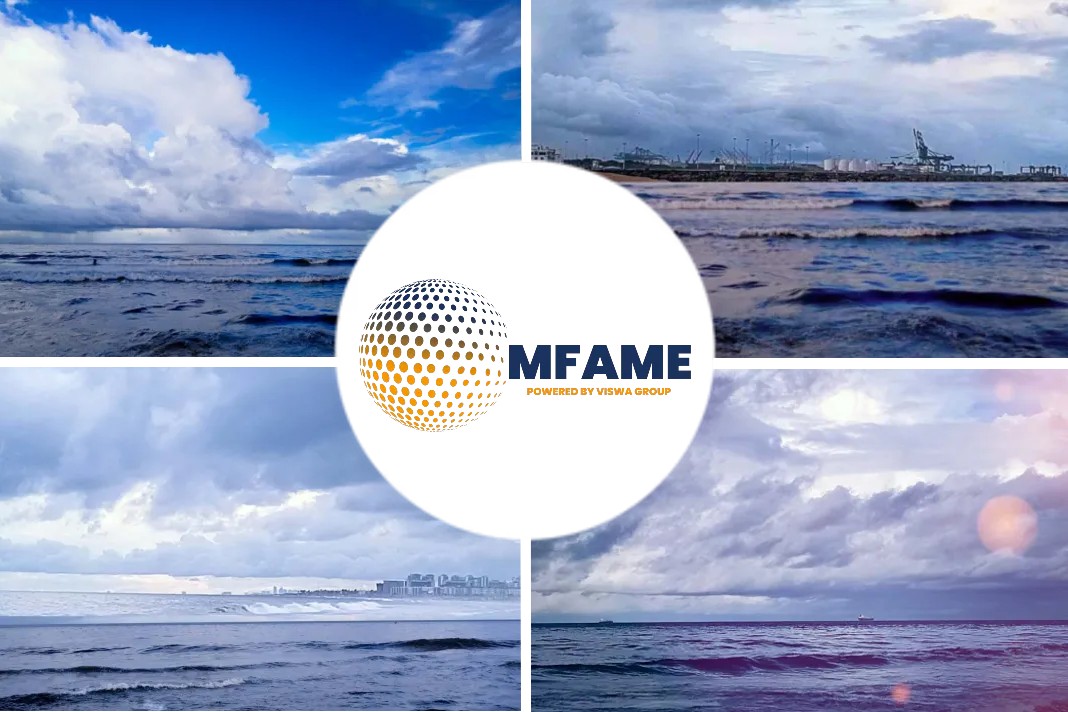
- Regulations such as EEXI and CII indexes are already in place making vessels more energy efficient and thus reducing their GHG footprint.
- Looking at the currently available fuels, we will need to consider those with the minimum carbon content such as LNG, LPG, methanol or biofuel blends.
- To replace fuel oil with an alternative fuel onboard a ship, means having the necessary energy converter technology
During the 2023 SAFETY4SEA Limassol Forum, Panagiotis Bousounis, Cyprus Operations Manager, DNV Maritime, elaborated on the alternative fuel scenarios and explained that fuel flexibility and bridging of technologies will pave the way towards de-carbonization, reports Offshore Energy.
Fuel options
For shipping, it all started with the IMO strategy on the GHG reductions, following the 1.5 C goal of the Paris Agreement. In particular, shipping must reduce GHG emissions by 50% in 2050 and fully decarbonize within the century.
Regulations such as EEXI and CII indexes are already in place making vessels more energy efficient and thus reducing their GHG footprint. However, sooner or later and definitely in the long run, there will be no other alternative for compliance than the use of Alternative Fuels.
Looking at the currently available fuels, we will need to consider those with the minimum carbon content such as LNG, LPG, methanol or biofuel blends. But since de-carbonization is our target, we may eventually need to go even further, to carbon-free fuels, such as Ammonia and Hydrogen.
What is the best alternative fuel option?
While evaluating each fuel option, we should try to answer 3 questions:
- Is it fit for onboard use?
- Is it commercially available?
- Is it ‘well-to-wake’ carbon neutral?
Answering these questions can determine if and when a fuel can be a realistic option, with answer ‘no’ being a showstopper on each case.
To replace fuel oil with an alternative fuel onboard a ship, means having the necessary energy converter technology, a suitable storage and distribution system and relevant safety regulations in place.
- LNG and LPG are considered already established technologies, with LNG in particular having expanded widely to other ship types during the last years, apart from LNG carriers.
- Methanol and biofuel blends are considered available technologies. Methanol 2-stroke engines are already in production, making it an actual option for deep sea shipping. Safety aspects mainly due to methanol’s toxicity are taken into serious consideration within regulations.
- Ammonia and Hydrogen need more time until their technology is considered mature enough for onboard use. Toxicity of ammonia and high flammability of hydrogen being high on the list of safety concerns.
- Carbon Capture Systems – although not an alternative fuel but a way to continue using current fuels, is also an option but still on a preliminary stage, since onboard limitations introduce challenges to the application of CCS on ships.
In addition, an alternative fuel will need to climb the fuel evolution stairway, meaning to become commercially available on a global or regional level.
For each fuel, gradual steps are required that would affect and be affected by:
- Global/regional availability
- Supply and bunker infrastructure
- Market price
‘Well to wake’ GHG emissions
EU regulations and most probably IMO strategy yet to be revised in 2023, are focusing on the so called ‘well to wake’ GHG emissions. This means that the total GHG emitted throughout the complete energy supply chain of a fuel, from initial sources, production processes, up to the consumption onboard shall be carbon neutral.
In that respect, the potential fuel supply chains can be divided into 3 main families, depending on their energy source:
- Biofuels – produced by the use of biomass.
- Electrofuels – derived from renewable energy sources.
- Blue fuels – traditionally produced fuels in combination with large scale Carbon Capture Systems
Instead of looking for the best alternative fuel option, it is expected that fuel flexibility and bridging of technologies will enable the existing and future fleets to reach de-carbonization.
Did you subscribe to our daily Newsletter?
It’s Free! Click here to Subscribe
Source: Safety4Sea




















